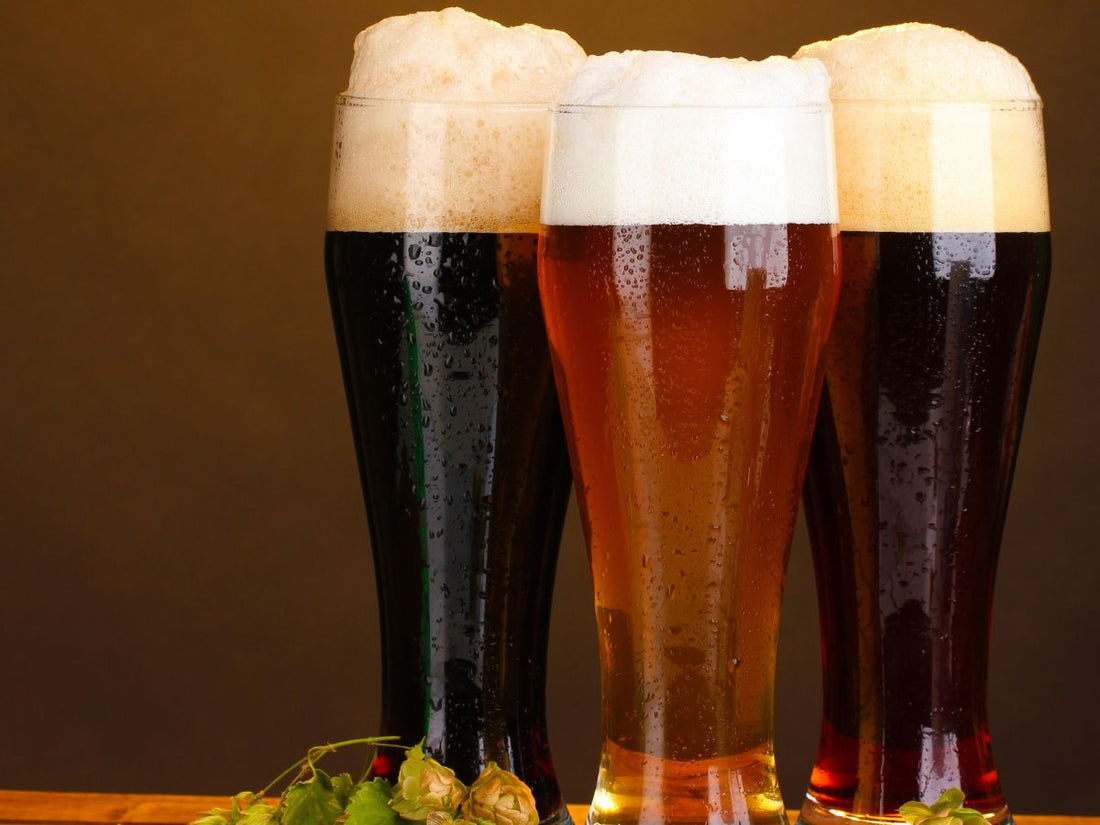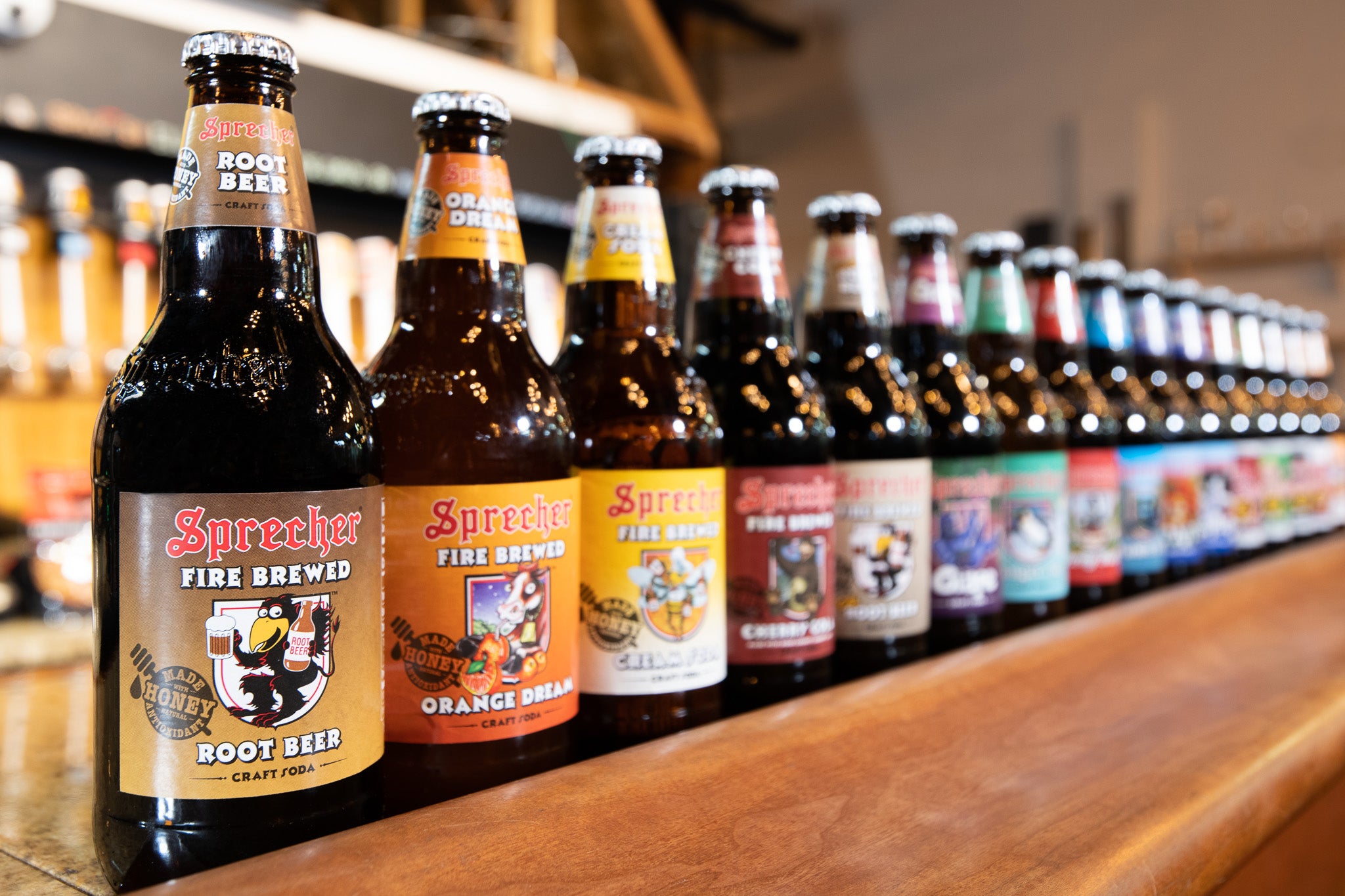From Mash to Container: The Intricacies of Craft Distillery Manufacturing Revealed
Craft distillery manufacturing is a precise process that involves a series of elaborate steps to transform raw components right into a refined spirit all set for consumption. From the first phases of mash preparation to the final touches of bottling and identifying, each stage of production plays a vital role in shaping the character and top quality of the last item (Breweries in Galveston Texas). As we untangle the intricacies of craft distillery manufacturing, we will reveal the creativity and science behind each action, clarifying the concealed globe that culminates in the development of a unique and extraordinary spirit
The Art of Mash Preparation
Mash preparation in craft distillery production is a thorough process that lays the foundation for the top quality and flavor account of the final distilled spirits. The art of mash prep work involves incorporating grains such as barley, corn, rye, or wheat with water and enzymes to transform the starches into fermentable sugars. This vital step needs precision in the selection of grains, water high quality, and enzyme activity to ensure ideal sugar removal throughout fermentation.
Craft distilleries take fantastic treatment in sourcing high-quality grains as they straight influence the preference and character of the spirits. The percentages of different grains used in the mash bill are likewise carefully computed to accomplish the wanted taste account. In addition, aspects such as water temperature level, pH levels, and mixing techniques play a substantial role in the mashing procedure.
Once the mash is prepared, it undergoes fermentation, where yeast is added to transform sugars right into alcohol. The quality of the mash directly affects the effectiveness of fermentation and eventually, the overall top quality of the distilled spirits. Craft distilleries pride themselves on their attention to detail throughout mash preparation, recognizing its significance in developing exceptional spirits.
Fermentation: Transforming Components Into Alcohol
How do craft distilleries change thoroughly prepared components into alcohol through the process of fermentation? Fermentation is a crucial action in craft distillery production where yeast communicates with sugars to develop alcohol. After the mash prep work phase, the liquid, referred to as wort, is transferred to fermentation containers. Yeast is then contributed to the wort, where it eats the sugars present in the blend, transforming them into alcohol and co2.
:max_bytes(150000):strip_icc()/game-thrones-beer-seven-kingdoms-fwx-2000-bf25957546c34d8081795a265fb4aab3.jpg)
During fermentation, the temperature and setting are very closely kept an eye on to make sure optimum problems for yeast activity. This procedure normally takes a number of days to a week, depending on the preferred alcohol material and taste profile. As the yeast functions its magic, the fluid goes through significant chemical changes, leading to the development of alcohol.
When fermentation is total, the resulting fluid is known as the clean or beer. This alcoholic fluid offers as the structure for the subsequent purification process, where it will certainly be changed right into the last spirit via cautious craftsmanship and precision methods.
Purification Techniques and Equipment
Using specialized tools and exact techniques, craft distilleries utilize different distillation methods to remove and improve the alcohol web content of the fermented wash, eventually forming the character and quality of the last spirit. Crossbreed stills integrate elements of both pot and column stills, offering distillers adaptability in crafting a diverse variety of spirits. Craft distillers typically experiment with different equipment configurations and purification methods to achieve outstanding and distinct spirits that show their creativity and know-how.
Aging Process: From Barrel to Bottle
With the distilled spirits now prepared, the emphasis changes towards the critical point of the aging process, where the change from barrel to bottle imbues the liquid with distinct tastes and attributes. Aging plays a crucial function in the development of the spirit, as it connects with the timber of the barrels. The option of barrel type, whether oak, charred, or formerly used for various other spirits, significantly influences the last preference account. During aging, the spirit goes through an intricate collection of chemical responses that improve its aroma, preference, and shade.

Bottling and Labeling: Last Touches
Upon completion of the aging process, the craft distillery meticulously wages the careful tasks of bottling and classifying, including the final touches that will offer the spirit to customers. Bottling is an important action that requires precision to ensure consistency in each container. Craft distilleries often utilize automated bottling lines furnished with machinery such as fillers, labelers, and cappers to improve the process. These machines aid keep performance while upholding quality requirements.
Labeling is another crucial element of the bottling process. Distilleries pay very close attention to classify layout, guaranteeing it follows regulatory needs while also sharing the brand's identification. Tags typically include crucial details like the spirit's name, alcohol web content, and origin. In addition, some craft distilleries hand-label their containers for a tailored touch, specifically for minimal edition releases.
Once the containers are filled, secured, and classified, they undergo a last evaluation to assure they satisfy the distillery's requirements. This attention to information in the bottling and labeling procedure reflects the craft distillery's official site dedication to providing a costs item to customers.

Verdict
To conclude, the process of craft distillery manufacturing entails meticulous steps such as mash preparation, fermentation, purification, aging, and bottling (Seawall Bar). Each phase calls for mindful focus to detail and customized tools to ensure the end product satisfies high criteria of top quality. From transforming active ingredients into alcohol to bottling and identifying the ended up item, craft distilleries display the art and scientific research behind developing superior spirits for discerning consumers
Craft distillery production is a careful process that includes a collection of intricate steps to change raw ingredients right into a polished spirit all set for usage.Mash prep work in craft distillery production is a meticulous procedure that lays the check out this site structure for the high quality and flavor account of the last distilled spirits. Craft distilleries pride themselves on their focus to detail during mash prep work, identifying its value in producing exceptional spirits.
Upon completion of the aging process, the craft distillery thoroughly continues with the meticulous tasks of identifying and bottling, adding the last touches that will present the spirit to customers. From changing components into alcohol to bottling and classifying the ended up product, craft distilleries other showcase the art and science behind developing premium spirits for discerning customers.
Comments on “Discover Top Breweries in Galveston Texas: Craft Beer at Its Finest”